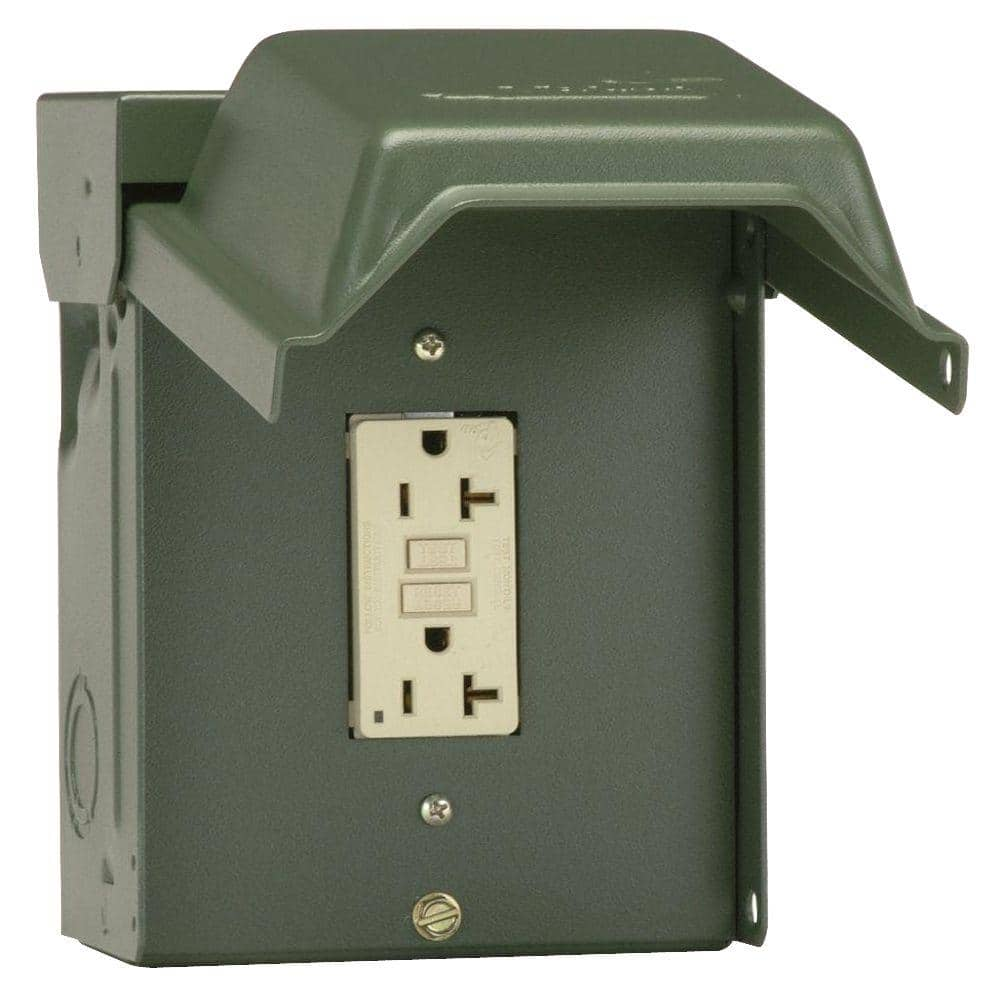DocumentedPure
In the Brooder
I am planning on building four coops on my property, in close proximity to one another. For water, they are going to have 5 gallon buckets, with nipple waterers, and aquarium heater/pumps inside to keep the temperature above 40 Fahrenheit. I also want to add a light in the 10 x 10 covered dog run (clear plastic roofing material, partially covered with a tarp). I want the lights to have a timer set up that automatically turns off and on every twelve hours. In the winter, inside the coop I want to have a small bulb with a timer that goes off and on every 12 hours for internal light.
I also want to have heat tape that runs on the inside of the laying area, so that when temperatures approach 0 I do not have to worry about hatching eggs going bad before I have a chance to get to the coop. I want to have a switch activated for 12 hour times in late fall early spring, and 24 hours in the winter.
What do you recommend for the wiring of this? Have any of you used heating tape common for reptile enclosures to heat your laying area or coop? Is there a way to set that up using a temperature controlled timer?
Has anyone had any success doing any of these things? How would you recommend doing this, in terms of safety for the chickens, safety from fire, convenience, comfort for chickens, low cost of goods, and low cost of electricity?
I also want to have heat tape that runs on the inside of the laying area, so that when temperatures approach 0 I do not have to worry about hatching eggs going bad before I have a chance to get to the coop. I want to have a switch activated for 12 hour times in late fall early spring, and 24 hours in the winter.
What do you recommend for the wiring of this? Have any of you used heating tape common for reptile enclosures to heat your laying area or coop? Is there a way to set that up using a temperature controlled timer?
Has anyone had any success doing any of these things? How would you recommend doing this, in terms of safety for the chickens, safety from fire, convenience, comfort for chickens, low cost of goods, and low cost of electricity?




